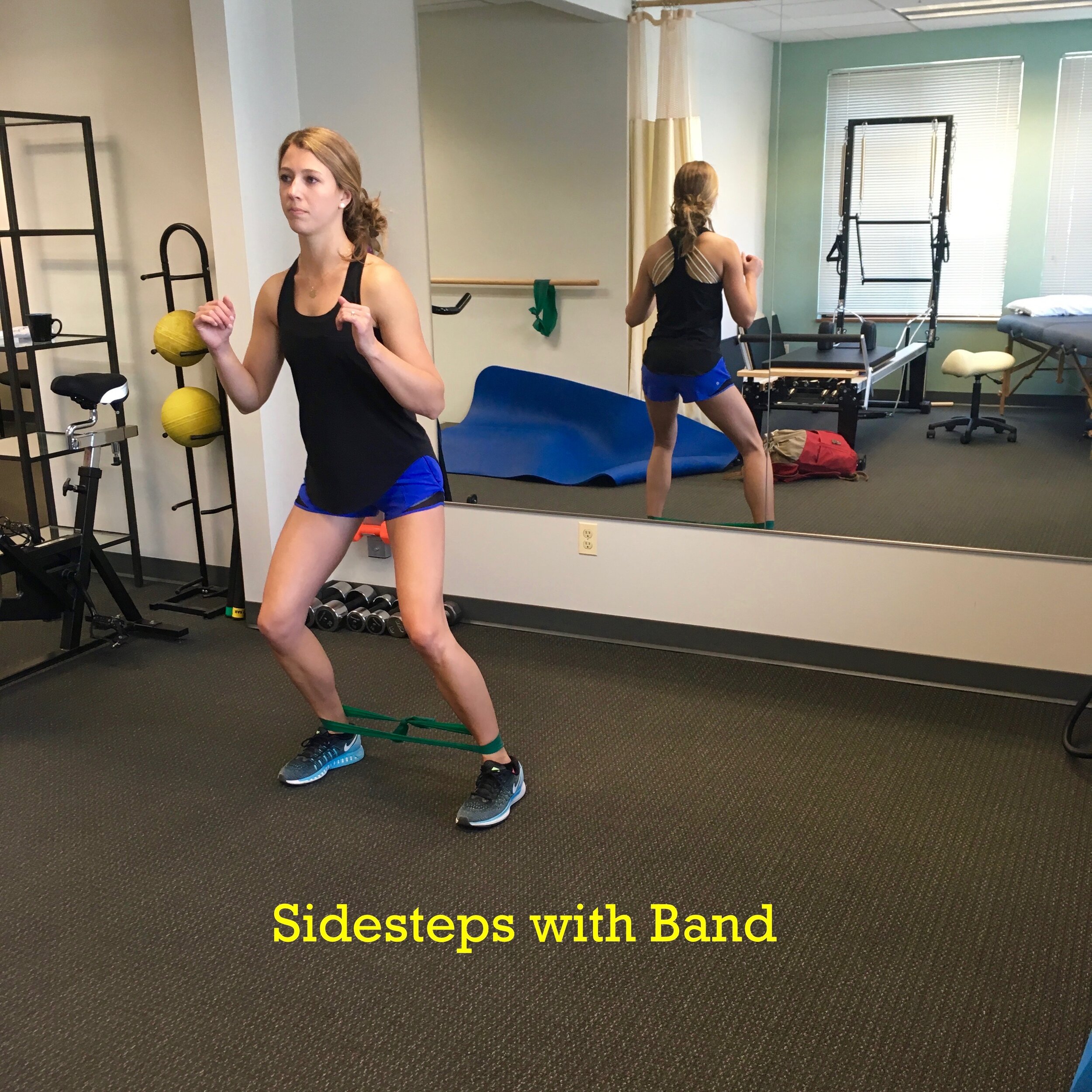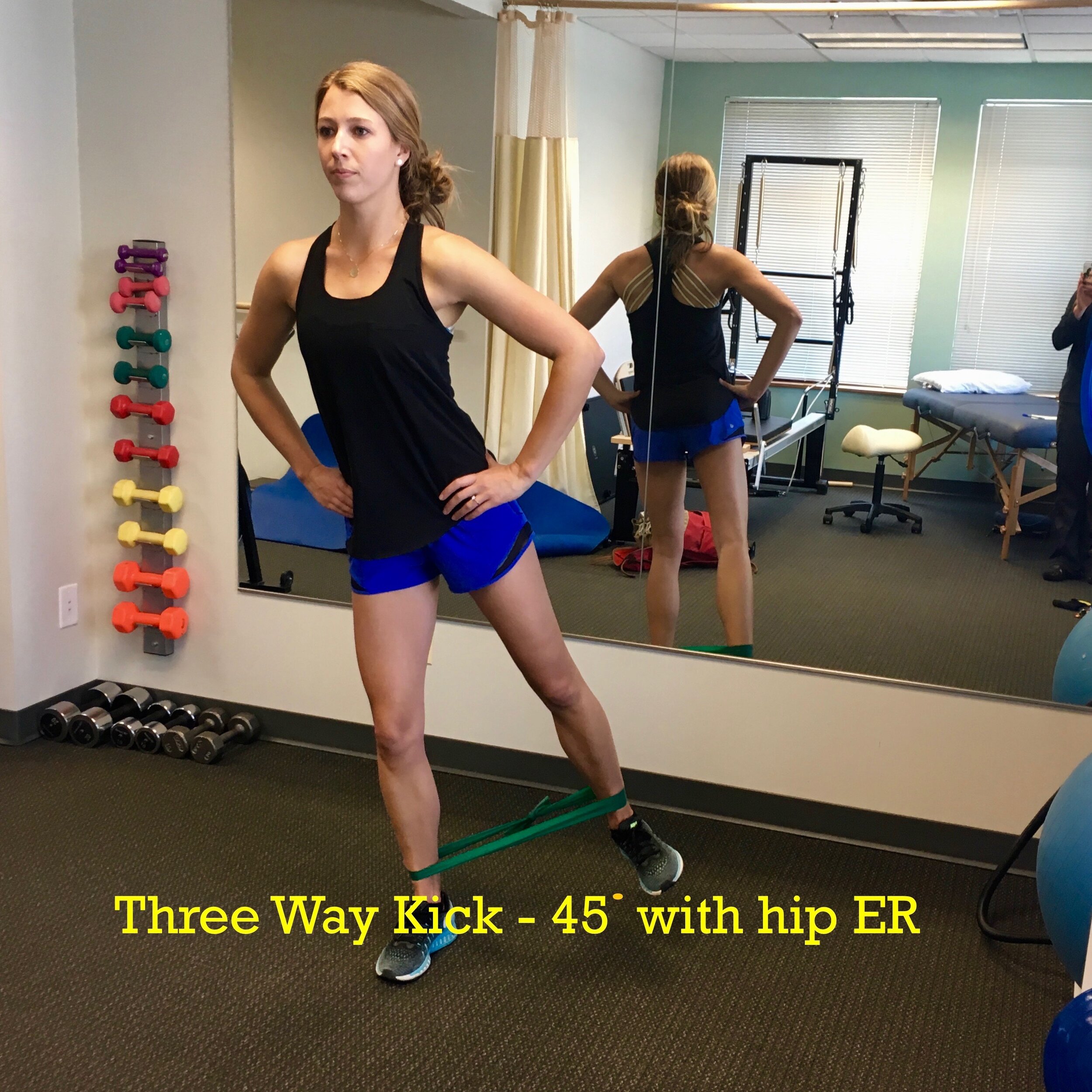5 Tips for Injury Prevention and Athletic Recovery
Each Athlete is unique, so each training and recovery program needs to be specific for the individual. Some athletes are hypermobile, some are tight. Some athletes need power, some endurance. Some athletes put on muscle with ease, others are lanky. And then there are the athletes who have terrible posture and yet still crush it at their sport... So, when you read one-size-fits all training programs, its important to understand your individual body type, tissue elasticity, trouble areas: and to adapt a program to meet your needs. That being said, there are a few general concepts all overhead athletes can use.
- We all can benefit from hip strengthening: Many athletes train mostly in the saggital plane, which means front and back motion: running, biking, hiking. We all can use strengthening in the frontal plane, which is side to side motion. The simple solution: kicks with bands, side steps, monster walk. 5 minutes of burn to add at the end of your workout to force those tired, weak muscles to activate even when they are fatigued. This will improve strength and most importantly, neuromuscular activation of these muscles.


- Don't assume if its tight, you should automatically stretch it. 2 problems here: sometimes muscles tighten up to protect something, and sometimes stretching can exacerbate the problem. Two examples: A climber or pitcher has a hypermobile shoulder joint, but also tight pectoral muscles, etc... The proper stretch would be one that can stretch the pec, but not stretch the anterior shoulder capsule. The doorway pec stretch with bent elbows (down against the frame) is appropriate. Another example are tight hamstrings. Your tight hamstrings could be neurally mediated from low back and pelvis issues, and if thats the case, doing forward bends can just be overstretching the entire posterior chain and will only result in your hamstrings tightening even further. A doorway stretch will target the Hamstrings while protecting the back. The rule of thumb is; if you are overall tight, and do not have an injury, stretching is probably OK for you. If you are injured, I recommend you get professional advice, and if you are hypermobile, you need to be very careful with stretching.
- Say yes to trigger point release. trigger point balls, thera-canes, The Wave Tool, and rollers are a great way to keep your body limber, improve mobility and help your body recover, since most of us cant afford our own on-call personal bodyworker. Trigger point work can reduce muscle tension, improve oxygen and improve tissue mobility.
- IASTM edge tools are the missing link in your treatment plan. The Wave Tool and other IASTM tools can help with injury recovery and prevention. IASTM research has shown it to increase blood flow, improve tissue mobility, interrupt pain receptors, and release myofascial restriction. In addition IASTM works on adhesions and scar tissue, such as in chronic tendinosis, by selectively breaking apart the poorly aligned tissue while preserving the healthy tissue. Adding IASTM tool work 2-3 x a week, can significantly help with tissue maintenance and repair, which can give you an edge in your sport.
- Fight the perils of sitting and computer work with back strengthening. We sit hunched over, with poor posture, and our bodies are paying for it with neck pain, headaches, shoulder impingement, and/or low back pain. I have some sport cord in my garage, and I do a quick series of rows, external rotation in various plans, etc... to help build Rhomboid, Middle Trap and parascapular strength, while reducing Pec and Upper Trap dominance. See my blog on Scapular Function. This not only helps with posture related pain, it also translates to more efficiency with climbing, and less chance of injury.

